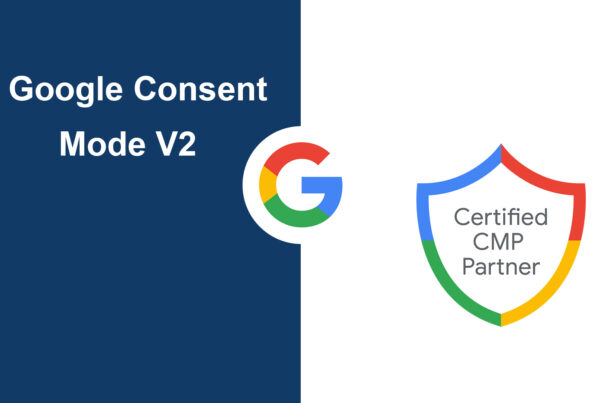For a long time now Google has shown a preference to mobile devices over desktop and in November that became even more clear when Google announced plans to introduce “mobile-first” indexing on their Webmasters Blog.
What is a Mobile-First Index?
This is a big update and is going to be rolled out gradually, so knowing precisely the exact details are hard to do at this stage, but we can so far say this:
- Search Engine Results Pages (SERPs) will be based on content found on your mobile website.
- Your choice of Mobile Technology does not matter – No matter if you have brand new AMP pages (Accelerated Mobile Pages) for your website, a responsive design or an old school standalone mobile version; they are all treated as the mobile version for indexing.
Will I Be Affected?
So the question is what does this really mean? Well if you find the following describes you then you might be in for a reduction in both mobile and desktop traffic…
- I have no mobile version of my website and my desktop version is not responsive to mobile devices (you can tell this if your website fails Googles mobile friendly test. (have link) Although Google has stated that they will still crawl your desktop version of the website in the absence of a mobile version, the trend towards mobile suggests you’re not going to be better off, if not in the short term certainly in the longer.
- My mobile website has compared to the desktop version:
- Fewer pages available for index
- Reduced content
- Different internal linking / structure
What Should Your Digital Marketing Team Do?
The first step is to assess the potential risk your website. We would recommend getting your in house digital marketer or digital agency to assess the following:
Content – do we serve different content on our mobile site? If this differs in anyway then you could expect a shift in your ranking. If you are presenting less content then you should certainly look to increase this asap.
Internal Linking – check first the navigation of the mobile site compared to the desktop version, if this differs this should be aligned with the desktop version as best as possible. After that a review of your major in-content links to make sure that this content is shown and therefore the link exists on your mobile version.
URL’s – If your run a separate mobile url structure for your site then you need to check that there are no gaps in your site that do not have mobile versions.
Need Some Professional Help?
SWOT Digital have been providing a full range of digital marketing services for over 10 years to clients across Ireland, the UK and Internationally. If you have any questions please dont hesitate to get in touch.
Author: Paulo










